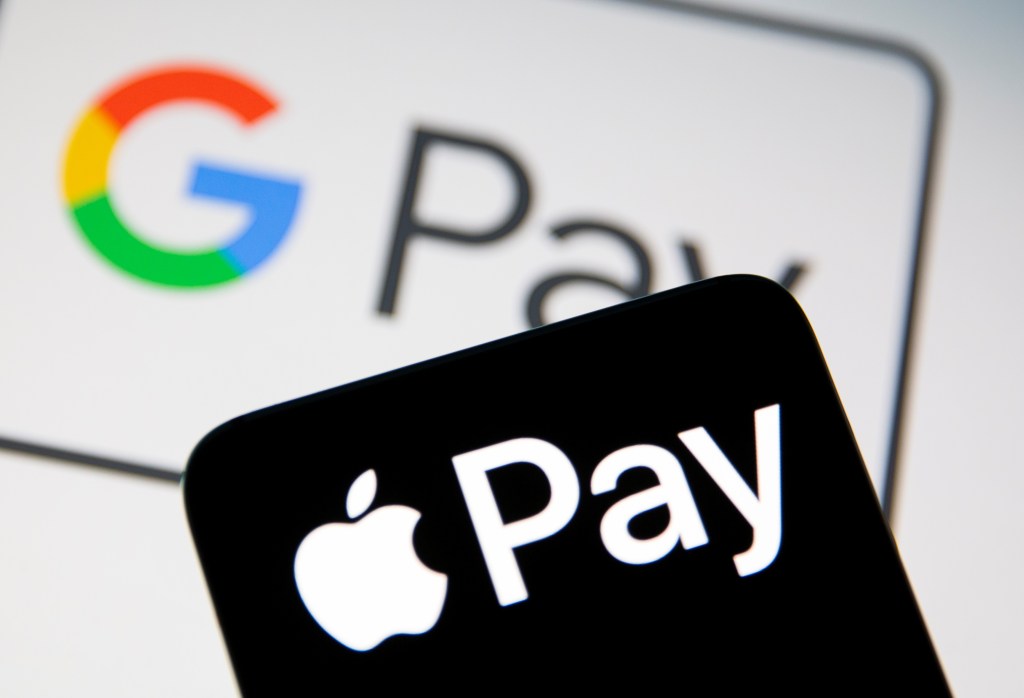Silicon Valley’s prized digital wallets and payment apps are about to face their biggest test yet, as US regulators move to tighten the screws on banks’ biggest rivals.
The US Consumer Financial Protection Bureau’s finalized a rule subjecting services like Apple Pay and Google Pay to the same oversight that banks endure.
This CFPB rule will bring detailed federal scrutiny to seven unnamed nonbank firms accounting for 98% of market activity. These companies will now need to prove their compliance with federal laws in the same way traditional banks do, a process that involves intensive audits and regulatory paperwork.
A body blow?
At first glance, it seems fair. If you act like a bank, get treated like one. But dig deeper, and the cracks start to show.
This decision could potentially not only dent revenues for the industry but also stifle the innovation that made fintech such a disruptive force in the first place. With over 14 billion transactions processed annually, digital payments are no longer a Silicon Valley sideshow –they’re the backbone of modern commerce.
For Big Tech firms like Google and Apple, which already dominate the space, increased oversight means rising costs. Compliance isn’t cheap, and these firms will likely have to ramp up spending on legal teams, auditors and regulatory processes.
This could eat into margins just as these companies are relying on fintech to diversify revenue streams beyond their bread-and-butter businesses.
Justified? Maybe not
CFPB Director Rohit Chopra defends the rule, saying that: “Digital payments have gone from novelty to necessity, and our oversight must reflect this reality.”
The Financial Technology Association, which represents heavyweights like PayPal, isn’t buying it. The FTA slammed the rule as a solution in search of a problem, arguing that the CFPB hasn’t shown the widespread abuse it claims to address.
On paper, protecting consumers’ privacy and preventing fraud is a win. But it is interesting to note that the final version of the rule watered down some of its initial proposals, including excluding digital assets entirely. If the agency had to scale back the rule before implementation, it raises questions about whether the original reasoning was solid enough.
Also, will regulatory focus on US dollar transactions leave loopholes for other assets to enter and dominate the payments space? Crypto maybe?🚀






